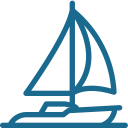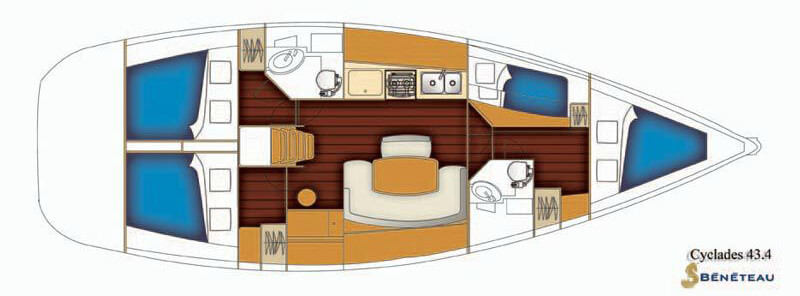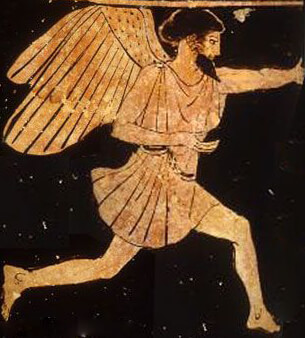Experience Croatia
Experience Svalbard
ABOUT US
Our concept is based on our belief that learning occurs best when theory is combined with practical experience. It is much easier to learn how to rescue a man over board if you have actually experienced how difficult it is, rather than just read about it. One understands the effects of climate change much better when one witnesses first-hand how Svalbard is changing rather than just being told about it.
The German poet Matthias Claudius said: “When you have completed a journey, then you have a story to tell”. A trip with BORA Kompetansereiser will make you understand things worth telling as well.
BORA Kompetansereiser is the brainchild of Haakon Seeberg and Kalle Hesstvedt. Haakon and Kalle met on a yacht some 15 years ago and their friendship has remained anchored in their shared love of sailing and the outdoors. They have travelled and sailed together, competed against each other and participated in many regattas, including the Skagen Race and the Bergen to Shetland Race. Their friendship and cooperation will now continue with BORA.
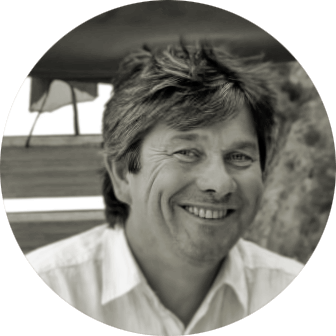
Haakon Seeberg
He is educated as a teacher and has a lifetime of experience from boats. He grew up next to the sea and can’t recall any childhood memories that do not include boat life in one way or the other.
He has worked for NHO Service (a part of the Confederation of Norwegian Enterprise) where he had responsibility for health and welfare including contact with politicians and government. Haakon also has experience from the Coast Guard as a navigator and from the Lifeboat Service as a skipper for the last 15 years.
Haakon has a wide sailing and marine professional experience and has for a number of years worked on an Arctic seal hunting vessel from the 1800s. He has also been a freelance captain for event companies offering tours in yachts and RIBs.

Kalle Hesstvedt
Kalle has closely followed the global climate debate for many years. First, as an observer at the UN Climate panel (IPCC) when he was leading the Greenpeace International climate campaign, and through his job as a political advisor in the Norwegian Parliament.
His first boat was a 6-foot dinghy which leaked more than it sailed. Since then there has been a series of larger and more sea worthy boats. Today Kalle sails a 34 foot Sweden Yacht along the Norwegian and Swedish coasts whilst at home, and when in Croatia is to be found aboard a Beneteau 43.4 foot. Kalle has participated in a number of regattas and has sailed the Bergen-Shetland Race several times.
Sailing Course Croatia
We believe that you will become a better sailor by taking the Boating Certificate with water under the keel in Croatia rather than sitting at a desk in Norway. It can only be considered a bonus that after a long day with lectures and on the boat we will round it off with a pleasant meal at a local café with the boat safely moored by the dock.
The trend is that companies that hire out sail boats require that their customers have actual experience of handling yachts. This is why we have developed a course that will give this experience in addition to the theoretical elements of the Norwegian Boating Licence.
One of our key concerns is that our courses give the participants the skills needed to ensure they become safer sailors regardless of whether they own their boat or are hiring one. The course contains the theoretical knowledge required to pass the Boating Licence plus one or several modules to give practical experience.
The practical elements will combine the basic principles of sailing plus the safety aspects necessary to become a good sailor. This course will therefore also suit those who already have the Boating Licence but who wish to learn and experience how to become a safer and more competent sailor or captain. The course is also well suited as a team building exercise and as the starting point for a safer boating holiday.
It is possible to take the exam for the Boating Certificate on the last day of the course and participants will also receive a certificate showing what has been covered as part of the practical modules.
Examples of practical elements:
- Navigating in unknown waters
- Signs and markings
- Navigation by lights and buoys
- Manoeuvering in harbours
- Man over board
- Safe anchoring
- Selection of safe harbour
- Proper mooring
Course practicalities
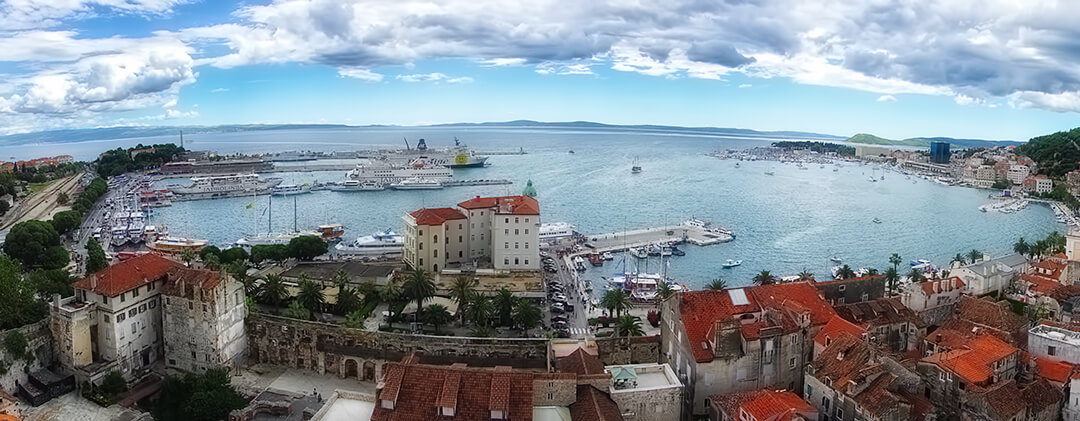
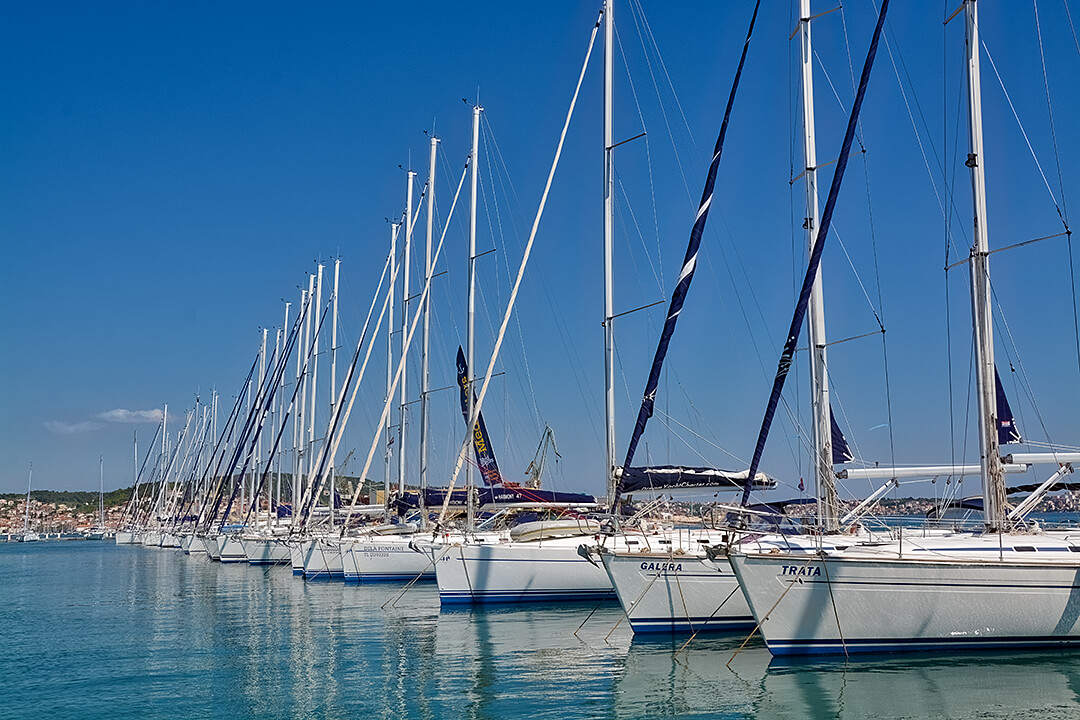
Climate course on svalbard
You will meet some of the world’s leading climate change scientists and hear about their research and experiences and what we can do to change things over the coming years. Interactive computer models will allow you to experience how the climate will change with different emission scenarios. You will understand the science of climate change much better than you have previously done, allowing you to participate confidently in conversations and discussions regarding the climate question. Last, and by no means least, you will get the chance to experience the dark Arctic winter through a 24-hour trip where you will travel by husky sled and spend the night in a traditional lavvo tent.
We guarantee that you won’t see the sun but the chances of experiencing the Northern Lights are high. The knowledge and first-hand experience of the fact that even though it is -10 to -20 C around us, the atmosphere in the Arctic is rising quicker than anywhere on Earth, will give you a unique understanding of the issues and intricacies of global climate change.
The course can be tailored to match the participant’s prior knowledge, interest areas and other specific requirements.

Themes covered on the Climate Course
- What do we know about the climate
- What is happening and how do we know?
- The difference between climate and weather
- Are we sure that the atmosphere is becoming warmer and the climate is changing?
- How is research carried out?
- The climate change sceptics – do they have a point?
- Can we see the changes already?
- Hasn’t the climate always been changing?
- Do a few degrees really mean that much?
- How do we know that the changes we are witnessing are due to human influence?
- How will the climate change in the future?
- What does the world agree on?
- What are the consequences of the Paris accords from 2015?
- … and what are the implications for Norway?
- What policy changes do we require – nationally and internationally?
- Does it matter what we do in Norway – or in any single country?
- What can we do to reduce the problem?
- Can we solve the problem without going back to the past?
- What can each one of us do?
- What kind of technologies do we have – and what is below the horizon?
- Information about specific technology options – wind, solar, bio and life style changes
Climate course practicalities
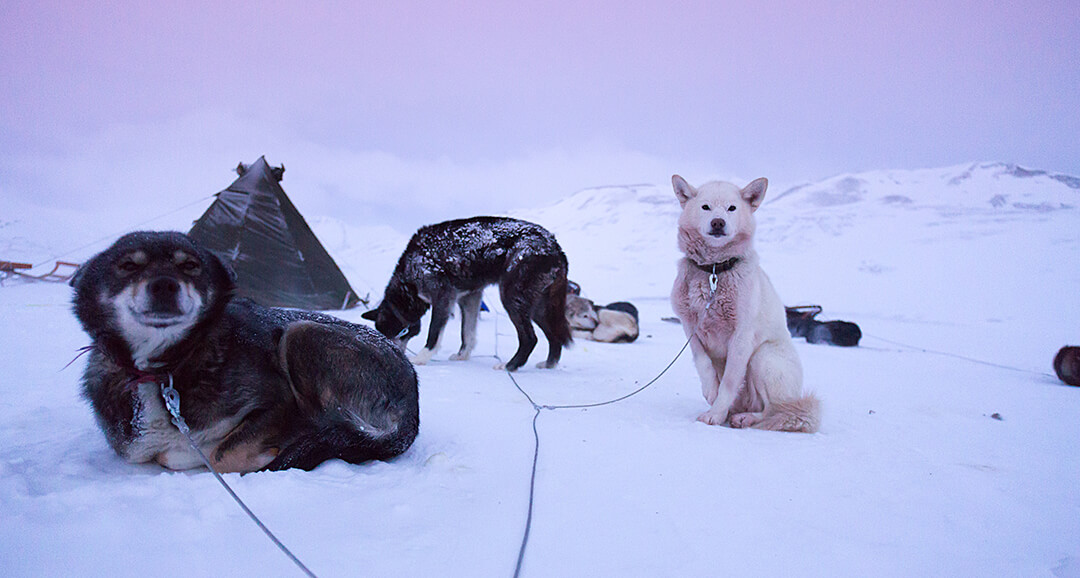
Contact
Get in touch for more information. Use the form below, or send an e-mail to post@kompetansereiser.no.


